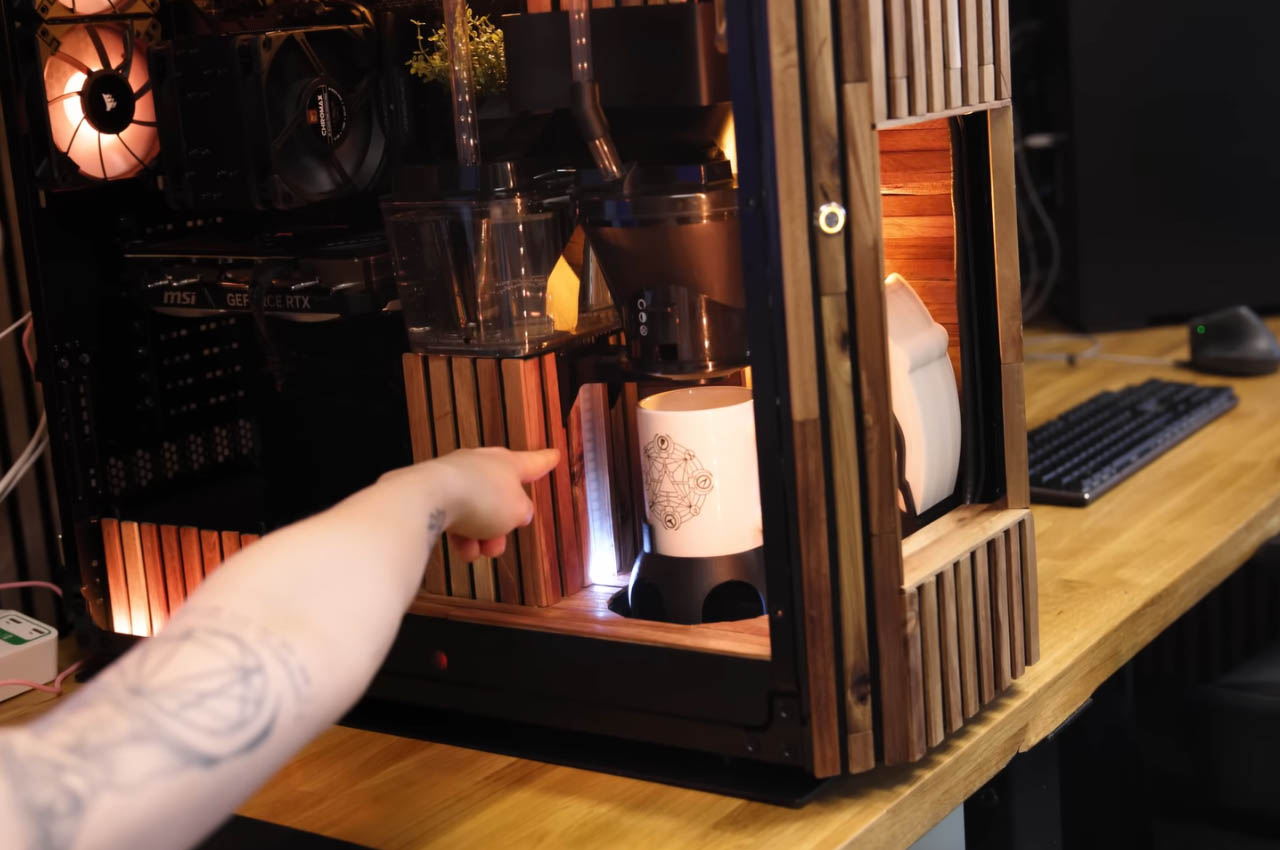Chinese tech giant Huawei has been secretly funding research in America despite being blacklisted, as reported by Bloomberg. The cutting-edge research is happening at universities, including Harvard, and the money is being funneled through an independent Washington-based research foundation, along with a competition for scientists.
Bloomberg found that Huawei was the sole funder of a research competition that has awarded millions of dollars since 2022 and attracted hundreds of proposals from scientists. Some of these scientists are at top US universities that have banned researchers from working with the company.
What’s the big deal? The fear is that this research could lead to innovations that give China a leg up with regard to both defense contracting and commercial interests, according to Kevin Wolf, a partner at the business-focused law firm Akin who specializes in export controls. Optica, the foundation behind all of this, has posted online that it is interested in “high-sensitivity optical sensors and detectors," among other categories of research.
“It’s a bad look for a prestigious research foundation to be anonymously accepting money from a Chinese company that raises so many national security concerns for the US government,” said James Mulvenon, a defense contractor who has worked on research security issues and co-authored several books on industrial espionage.
It’s worth noting that this money funneling operation doesn’t look to be illegal, as research intended for publication doesn’t fall under the purview of the ban. Huawei operates similar competitions in other parts of the world, though openly. People who participated in the US-based research competition didn’t even know that Huawei was involved, believing the money to come from Optica. The competition awards $1 million per year and Optica didn’t give any indication that Huawei was supplying the cash.
A Huawei spokesperson told Bloomberg that the company and the Optica Foundation created the competition to support global research and promote academic communication, saying that it remained anonymous to keep from being seen as a promotion of some kind. Optica’s CEO, Liz Rogan, said in a statement that many foundation donors “prefer to remain anonymous” and that “there is nothing unusual about this practice.” She also said that the entire board knew about Huawei’s involvement and that everyone signed off on it. Bloomberg did note that the Huawei-backed competition was the only one on Optica’s website that didn’t list individual and corporate financial sponsors.
Huawei has been wrapped in a web of US restrictions these past several years. We can’t buy the vast majority of Huawei products in America, as the company’s been effectively banned. This all started in 2019 when President Trump signed an executive order that banned the sale and use of telecom equipment that posed “unacceptable" risks to national security. At the time, Trump said that “foreign adversaries” were exploiting security holes that would eventually lead to "potentially catastrophic effects.” Wait, Trump used the words “potentially catastrophic effects?” Wild.
To that end, the company has faced numerous claims that it installs backdoors in networks for the purpose of data theft, though there’s no proof of actual theft and the company denies the accusations. Huawei has also been accused of employing Chinese spies to influence an investigation and documents seem to indicate Huawei’s involvement in China’s surveillance efforts.
Some expected President Biden to reverse Trump’s executive order when it expired in 2021, but he headed in the opposite direction. Not only does the order stand, but Biden signed a law that blocked Huawei from obtaining an FCC license and he banned American investments in China’s high tech industries. We aren’t cozying up to China anytime soon, so Huawei will continue to be persona non grata on this side of the pond (the company still does booming business in Europe.)
This article originally appeared on Engadget at https://www.engadget.com/huawei-has-been-secretly-funding-research-in-america-after-being-blacklisted-182020402.html?src=rss















